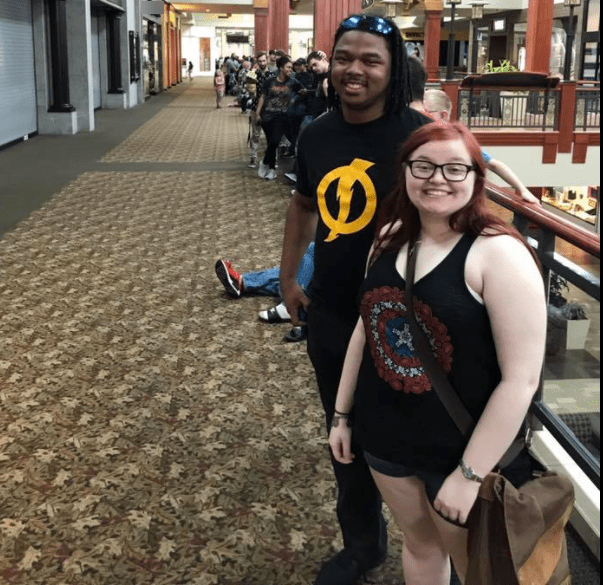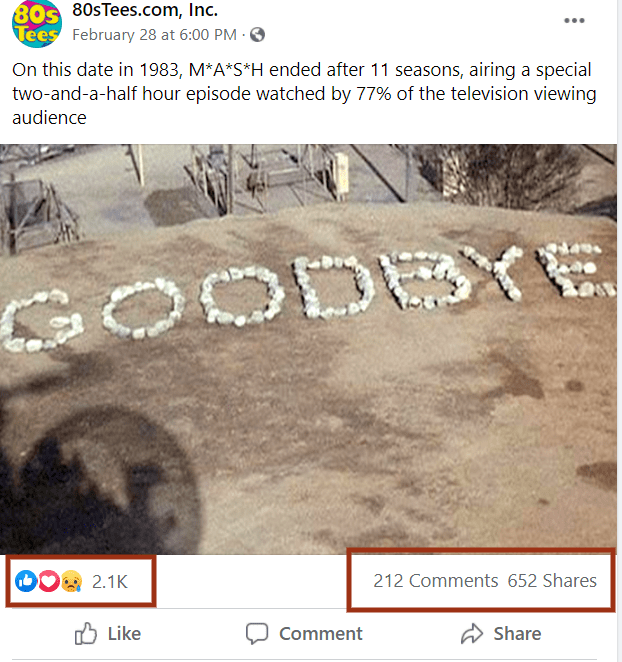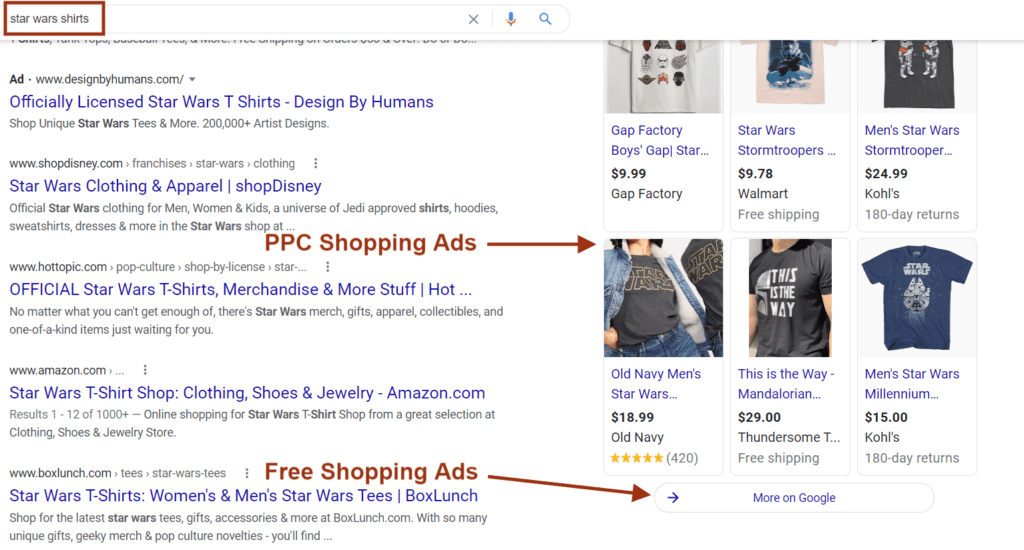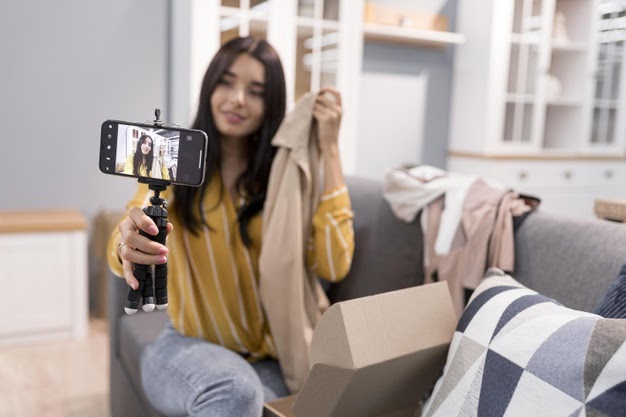Key Ideas to Kickstart Your Ecommerce Marketing

Brad Owens | Mar 16, 2021
Reading Time: 7 minutesThree years ago, I made the difficult decision to close my retail store, which had been my passion for the previous eight years. I already had an ecommerce store, but I’d neglected it while I put most of my focus on my brick-and-mortar retail business.
Once my retail life was over, I knew I had to work on my ecommerce store and drive traffic to it … fast!
Marketing wasn’t new to me—I’d been quite successful on the retail side—but would my retail marketing tactics work with ecommerce? What more did I need to learn?
This is my story about what worked, didn’t work, and is still working now.
Let’s start by looking at my marketing “big four”:
- Social media
- Paid traffic
- Email and SMS marketing
- Influencer marketing
1. Social Media
Having social media presence is essential, and it’s something I already did well for the brick-and-mortar store. Facebook and Instagram are a must and a top priority. Once you’re handling that, add additional channels such as Pinterest, Snapchat, Twitter, YouTube, or TikTok.
Tip: What really worked well was posting content that my customers wanted to see instead of constantly trying to sell them something.
We did a pretty good job, as you can see from the turnout for an event we held that was promoted on Facebook and Instagram. (These are customers waiting in line for us to open!)

We used a combination of Facebook Live videos, daily posts, and a Facebook Ad campaign with a small budget and localized targeting to reach this level of turnout. I found that my retail tactics could easily be transferred to the online world, with revisions mostly in the structure and targeting of the Facebook campaigns.
My overall conclusion remained—avoid constantly selling; instead, provide content in posts that users enjoyed or find useful.
The 80Tees ecom store does this well.

The majority of their posts and ads focus on content their customers want to see with an occasional sales post thrown in here and there. For example, this post has over 2,000 likes, high engagement with over 200 comments, and 652 shares!
Facebook really limits the organic reach (reach that’s natural rather than paid for) of your ads (they want you to buy more ads to expand your reach). To address that, mix up your creatives. Live videos give you the greatest organic traffic, but you can mix in standard text or image ads as well as pre recorded videos.
2. Paid Traffic
The fastest way to drive traffic to your site is through paid traffic (for example, Facebook and Google ads). I’d created Facebook ads in the past, but that was local to my physical store and on a much smaller scale than I needed to increase the traffic to my ecom store.
Facebook and Instagram are great for targeting audiences that might be interested in your product. You can also tell Facebook/Instagram what you want to accomplish with your ad. Do you want inexpensive engagement, viewers to watch your videos, or customers to purchase your products? The Facebook algorithm can find these customers for you, even people similar to customers who’ve already purchased from you. And the good news is that you can manage both Instagram and Facebook ads from within Facebook (with their FB Ads Manager).
What didn’t work for me initially were boosted posts (a Facebook Ads option that pushes your post to your followers). Those were effective for my retail location, but not so much for ecommerce. With Facebook Ads, there’s also a learning curve because you need to test your ads before you scale. Luckily there are a lot of courses out there (including our own Ecommerce Business Blueprint course).
Google Shopping is another must have, and it’s now free! The Shopify Google Shopping app uploads your products to Google. When a customer searches for your product (yours specifically or one of the same type) on Google, they see sponsored products at the top of the page.
Note: These are pay-per-click ads, which means you’re only charged when a customer clicks on your ad.
Clicking on the “Shopping” link shows all products for purchase. You can choose to use pay-per-click ads for your best sellers and higher-margin items so that they get more visibility.
Google Ads (formerly AdWords) is another popular choice. Like Facebook, it has a steep learning curve. You can also burn your money fast! The advantage of Google over Facebook is that the traffic on Google is warmer (that is, users are more likely to buy) because your ad only displays if a customer is already searching for a keyword related to your product.

Results are displayed at the top of the page or on the right, as shown here.
Depending on your niche and audience, you may also be interested in ads from YouTube, Pinterest, and other social media channels.
Tip: Customers are more likely to purchase once they’re familiar with your store. That’s why retargeting—where your ads target someone who has previously visited your site—is a must. (You can do this with Facebook, Google, and other channels).
Even if these retargeted customers didn’t purchase the first time, they may the second or third time, or beyond.

3. Email and SMS Marketing
When I was running my retail store, we built our email list to a decent size through our rewards program. Unfortunately, I never used the list! Once in the ecommerce world, I realized I needed to up my email game. This was a wake-up call for me once I joined Ecom Insider.
Tip: 25% to 30% of your revenue should come from email, with a majority coming from automated flows.
Set it up once and you’re done! Klaviyo is the email app of choice. Make sure you also have an app (such as Wheelio) that captures email addresses. It’s best to set it up to collect email addresses at exit intent (that is, when the customer is leaving your site.)
The sky’s the limit with the emails that you can send, and it’s effective to mix it up. Popular types of emails include:
- Abandoned cart flows
- Thank-you messages
- Review requests
- Win-back flows (for customers who haven’t purchased recently)
- Sale and product promotions
- Sales campaigns
- New product launches or releases
- Blog posts
- Informational emails (how-tos, recipes, etc.)
Note: You can use a tool like Paper.li (which gathers current information on the topics you specify) to generate a newsletter and for inspiration for email topics and blog posts.
I time-blocked a few hours at the beginning of the month for creating and scheduling my emails. If you can set up to email daily, do it! When I became committed to doing this, sales started rolling in and almost every email I sent generated revenue!
Text
SMS (text messaging) is also important. I found that my return on investment (ROI) with SMS was very high. According to Gartner, SMS open rates can be as high as 98%! Because texts go direct to your customer, without filtering, the open rates can be astronomical.

You can use automated flows similar to those you set up for emails with an occasional promotional campaign sprinkled into the mix. Klaviyo has a built-in SMS feature, but there are other apps (e.g., Attentive, SMSBump, and Carts Guru) that are also effective.
4. Influencer Marketing
Finally, we have influencer marketing. This has really grown in popularity over the past few years, and, while content marketing is still the most popular, influencer marketing is close behind. While I’ve never used influencers (other than local cosplayers; by the time the influencer marketing exploded, I’d joined BGS), it’s too important not to mention.
Influencers are people who are influential in the niche in which you’re selling. These are people that your customer avatar (your ideal customer) listens to. When they endorse your product or business, the resulting traffic to, and revenue for, your ecommerce store can be substantial.
Ways to find influencers
So how do you find influencers that are right for your product or brand? Here are two methods:
Do research
Instagram is the most popular network for influencer marketing, so I suggest starting there. Find people that are popular in your niche. Look at the number of followers they have as well as the engagement rate of those followers. The engagement rate is the total amount of likes and comments divided by the number of followers. According to the Scrunch blog, the industry standard of a good engagement rate for an influencer is between 1% and 3%.
Tip: Message influencers and ask about their rates. Some may ask for a free product. Others will quote a monetary rate. As a rule of thumb, you can expect to pay $10 per 1,000 followers.
You can also find virtual assistants who are experienced at finding influencers, so this is a task that can be outsourced.
Use influencer software
You can choose from a number of software solutions that find influencers and evaluate them based on followers and engagement but that also allow you to manage your influencer campaigns. Influenster, Upfluence, and even a customer relationship management (CRM) solution on HubSpot are just a few examples.
Key metrics
When evaluating influencers, consider these key metrics:
- How many followers do they have?
- Do those followers engage with the influencer?
- Are their followers real? (Yes, there are influencers who have many fake followers, so be sure to look at comments to see if they “feel” real.)
- Are they a good fit for your product and brand?
- Are their posts genuine? Do the posts seem natural, or is it obvious that they’re trying to sell?
Conclusion
Within months of closing my retail store, I found myself searching for ways to quickly drive traffic to my ecommerce website to replace the sudden loss of revenue.
After joining Ecom Insider, I learned what I needed to do with email and SMS marketing, which I had ignored as a brick-and-mortar retailer.
I started to really learn how to use Facebook Ads and Google Shopping effectively, and was able to launch successful campaigns.
I also made my Facebook pages customer-centric to build my brand and “tribe.”
Mastering these marketing techniques and using influencer marketing can skyrocket your revenue and put you on the path to success.
Resources
Klaviyo. (2017). How segmentation and automation drive email marketing success. Ecommerce Industry Benchmark Report. Klaviyo blog.
Mee, G. (2020). What is a good engagement rate on Instagram? Scrunch blog.
Pemberton, C. (2016). Tap into the marketing power of SMS. Gartner.
About the author
Brad Owens
Brad Owens is a BGS Revenue Optimization expert, instructor, and coach with Ecommerce Business Blueprint (EBB) and EBB Elite. He started working in ecommerce back when Amazon had auctions (hint: that was a long time ago!) and has extensive experience with marketplaces, stores, and retail—even owning a comic shop for eight years. A graduate of the Atlanta Institute of Music, he can sometimes be spotted around Atlanta playing guitar in his hard-rock disco band.






